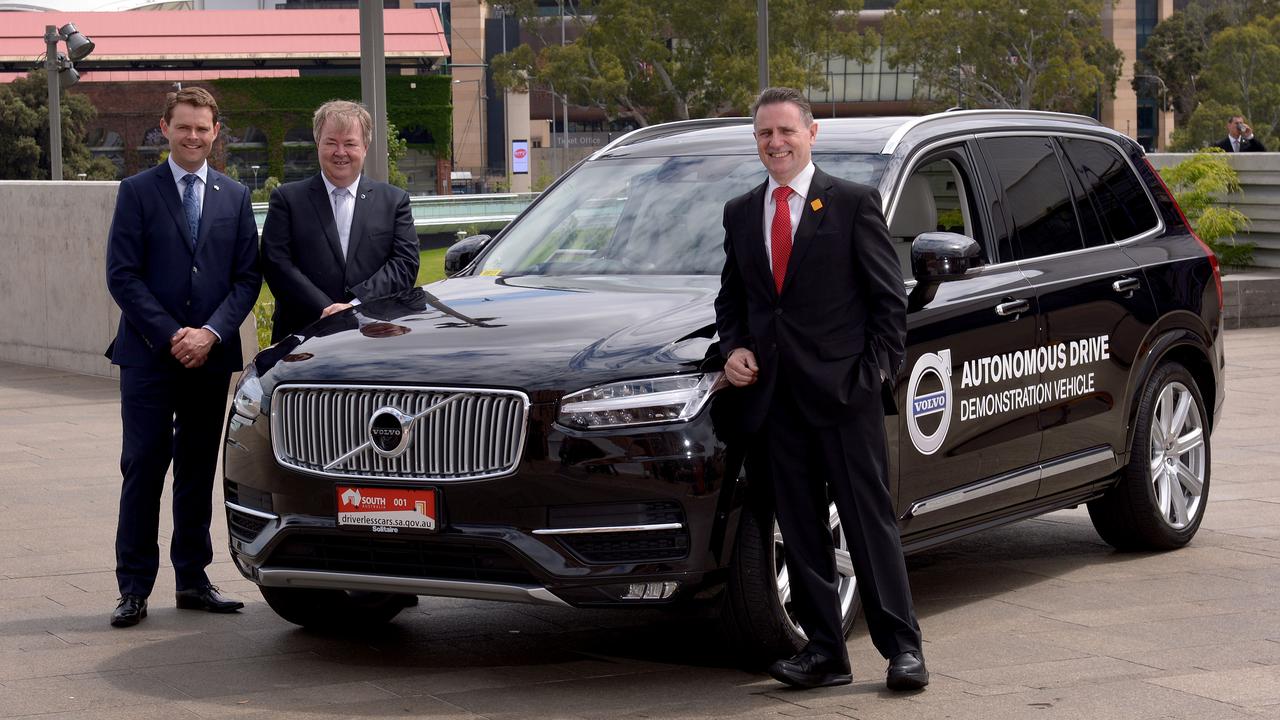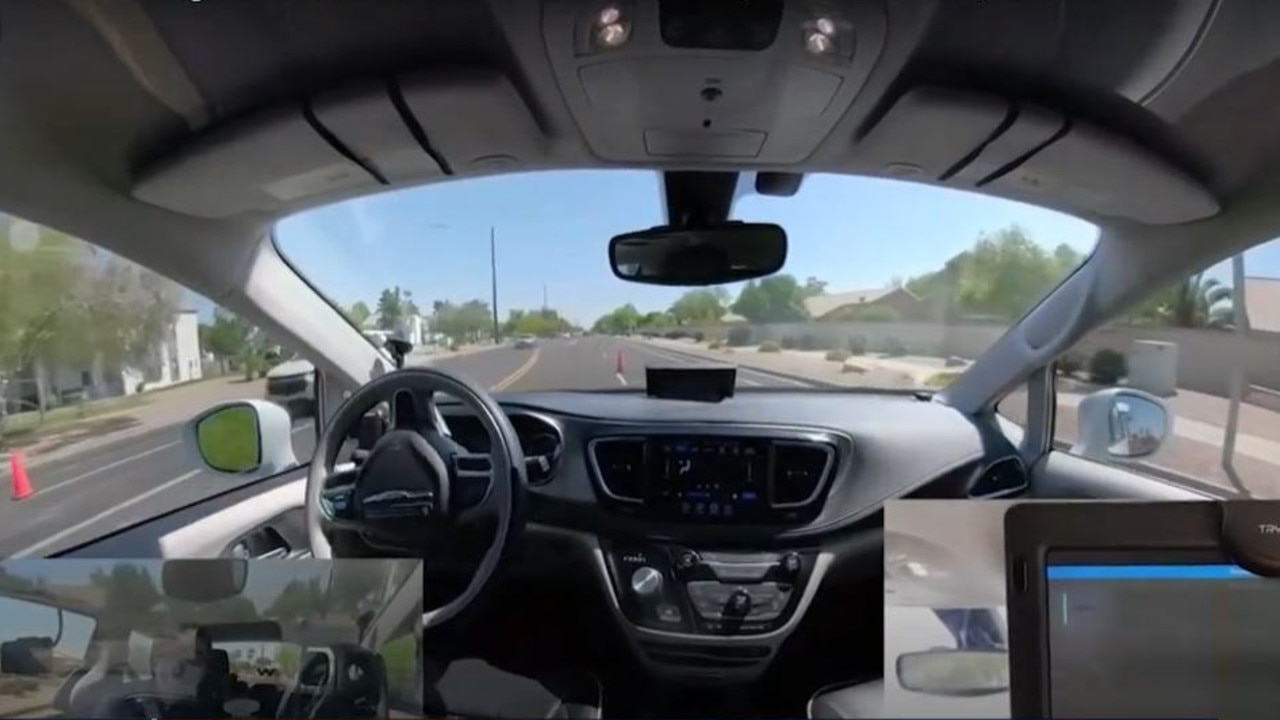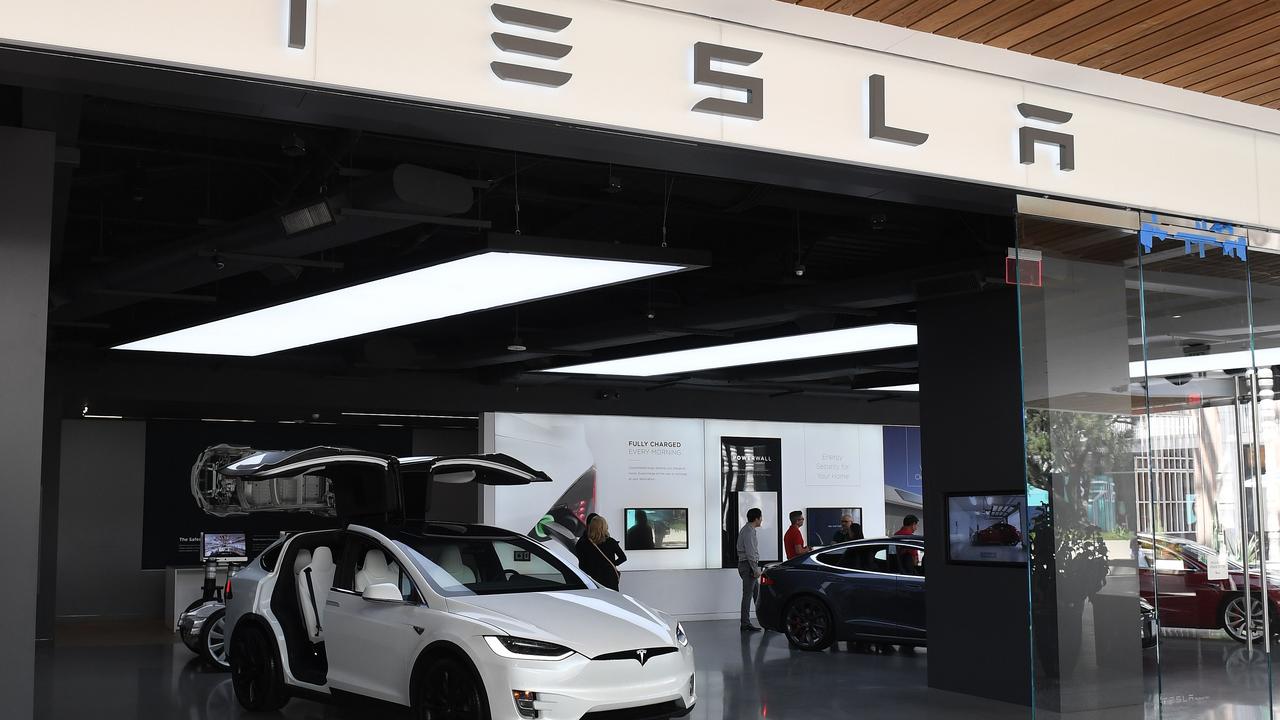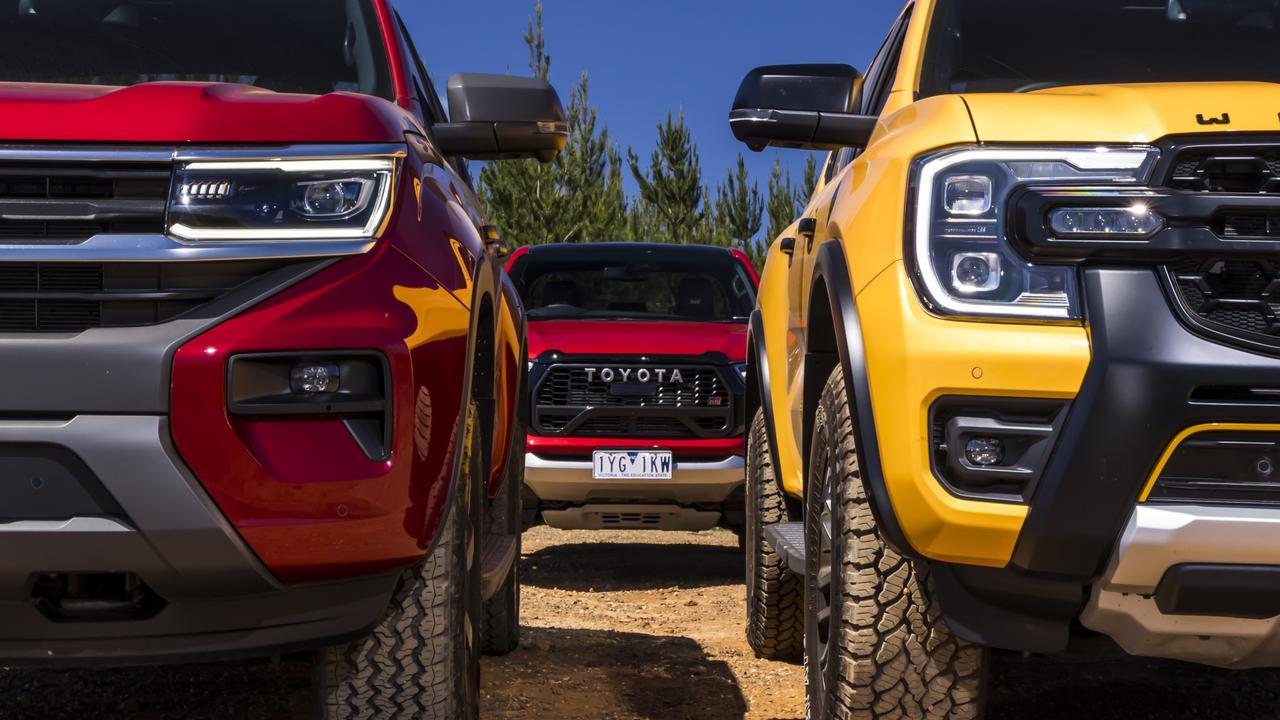When we’re likely to see driverless cars being rolled out in Australia
Self-driving shuttles have been trialled around Australia for years - but it will likely be a while before we see them used more widely.

Six years ago, as jurisdictions around Australia began trialling self-driving vehicles, the launch of this futuristic technology seemed like it was just around the corner.
In the time before Covid-19 turned our working lives upside down, there were high hopes that self-driving cars would transform our commutes and free up our time.
But years after Adelaide hosted the first on-road trials of driverless cars in the Southern Hemisphere in 2015, not much appears to have changed.
The closest that most Aussies are likely to have come to self-driving technology, is hopping on to one of the driverless shuttles that have popped up in various locations including regional towns such as Armidale and Coffs Harbour as well as Perth, Sydney Olympic Park, Darwin, Adelaide and most recently on the Gold Coast.
Numerous trials of these vehicles have occurred around the country in the past few years but they are generally restricted to quiet areas and the vehicles travel very slowly along specific routes, mostly with chaperones on board to ensure safety.
A service launched this month along Main Beach in the Gold Coast has a maximum speed of 18km per hour, it travels a circular route of 2.4km with a maximum capacity of six people and one chaperone.
It’s not exactly where many people thought the technology would be.


“Back in 2015, there was the expectation that the technology would roll out very quickly because there had been a lot of advancements in the technology at that point,” Rita Excell, executive director of the Australia and New Zealand Driverless Vehicle Initiative (ADVI), told news.com.au.
“However globally they’ve found there are some complexities in putting it safely into operation, in complex public areas.”
There have been some advancements, with companies like Google’s Waymo launching driverless taxi services in the United States, China and Singapore.
However, these services are restricted to particular areas of cities like Arizona, which are small enough to map thoroughly.
“The more we get to model a city accurately, the faster the technology can be rolled out,” Swinburne University of Technology professor of future urban mobility Hussein Dia told news.com.au.
Videos on YouTube also show other adjustments are still required, including recent footage of a car that stopped after its way forward was blocked by orange traffic cones.

Weather is another challenge, something that is less problematic in a place like Arizona, which has stable weather conditions.
Prof Dia said self-driving cars continued to have difficulty in situations of low visibility including at sunset or dawn, or when it was rainy or foggy.
“The self driving software needs to be trained on a large number of scenarios that represent all driving conditions and this is what will take time,” he said.
Australia’s local conditions will also provide unique challenges.
“They would have to have the ability to detect and respond to kangaroos crossing the road,” Prof Dia said.
However, Prof Dia said the safety of Waymo vehicles, which have been driven for millions of miles in the US, appears to be very good.
“Some of the negative publicity (around self-driving cars) have been the few fatal accidents in Tesla’s on autopilot but I think there is confusion — people seem to think the Tesla is self driving but it is not. It is there to support the driving task but they expect the driver to be alert all the time.”

When are we likely to see more driverless cars?
Opinions vary on what types of vehicles we are likely to see first but many seem to think the technology is still at least five years away.
Prof Dia believes we’ll begin to see the technology used more widely in public transport systems first, such as the expansion of shuttle services to driverless buses as these vehicles travel on the same routes.
“You’ll probably start to see the occasional self driving car used as private vehicle but ... the best application is a form of public transport,” he said.
Prof Dia believes cars that are able drive themselves everywhere will probably not be available before five years, and possibly even 10 years.
“The next step is for them to be able travel in a wider environment and I just don’t see the technology being ready ... there are too many unknowns,” he said.
As well as the technology side of things, there are also issues of regulation and public acceptance to overcome.
“There was a lot of hype around autonomous and driverless vehicles in the last few years but this seems to have settled now, we are starting to see a maturity in the approach to dealing with self driving technology and even manufacturers are becoming more realistic about timeframes and when they will roll out,” he said.
“We would all like to see them roll out but we are not there yet.”
EasyMile Asia Pacific managing director Greg Giraud agrees that shuttles are more likely to be functioning on open roads faster than individual vehicles.

“Regulation is moving a lot quicker for shared transport and autonomous public transport solves problems quicker, and the technology is ready in certain domains,” he told news.com.au.
“If there is the appetite, application and need, yes it’s ready, which I don’t think can be said for self driving cars — regardless of what you read in the press.”
EasyMile’s EZ10 CAV, dubbed the BusBot shuttle in Coffs Harbour, operated without a driver and ferried passengers within the botanic gardens, along a busy outdoor promenade and within an independent living village during three trial phases over three years.
But while governments have been willing to dabble in trials of these types of shuttles, none have yet committed to buying the vehicles.
Part of the challenge is identifying the optimal routes and funding model to make the service financially viable.
Interestingly, Ms Excell believes driverless shuttles may evolve to embrace other purposes.
For example they could be used to transport passengers during the day but then have their canopy switched out in the evening so they can water kerbside plants.
“If you can develop them to be multipurpose, that’s actually the functionality of it, once we get the technology set,” she said.
“What they are used for will change.”
Driverless trucks could be rolled out first
In contrast to other experts, Ms Excell believes it’s more likely we’ll see individual vehicles on the road first rather than shuttles or buses.
She believes automated heavy vehicles and freight services could be the first driverless technology deployed, hopefully between 2025 and 2030.
She said Australian mining companies already had experience using automated vehicles on their sites and they could be rolled out in the road construction sector or for line haul transportation, which involves the movement of goods between ports or other destinations.
“It could be that you have a driver in the first truck and multiple vehicles behind that don’t have a driver,” she said.
“Or on more remote roads you could have a driverless truck.
“That technology is very mature internationally.”
These trucks could also look very different with Volvo releasing a design concept for a truck with no cabin — it’s basically just a large battery that can haul a container.

Narrow roads and inconsistent street signs are a problem
Some roads in Australia are so narrow they barely fit a normal car, and this is a problem for self-driving vehicles that need clear line markings to help them navigate their environment.
Another issue is the lack of nationally consistent traffic signs and accurate maps, which technology companies can use to train cars on the unique Australian conditions.
Ms Excell said Australia did not have baseline maps of local roads, with companies relying on information provided internationally.
“It helps the technology get to market faster if we have got all these things,” Ms Excell said.
The price and services provided by driverless vehicles also need to be competitive, otherwise they won’t be attractive enough to users.
Ms Excell said many businesses were developing expertise in driverless technology in Australia, and there was also a lot of interest from overseas companies in deploying their technology in the country.
“I think the call to action really is to make sure we have the right infrastructure and community buy-in for this and to have a service offering for Australian conditions, rather than just receiving what is being developed internationally.
“Covid has taught us the need for sovereignty around supply chains and sovereign skills to maintain (the technology) and the need to understand how technology is programmed and how it behaves in Australian conditions.”
While driverless cars have not yet transformed the market, Ms Excell said the technology trialled during South Australia back in 2015 was now being used in new cars.
“That technology is available in every new car you buy today,” she said.
“Even though they are not fully driverless, that technology assists people with driving.
“That’s how fast this technology has come to market.”






